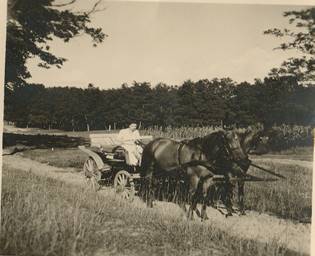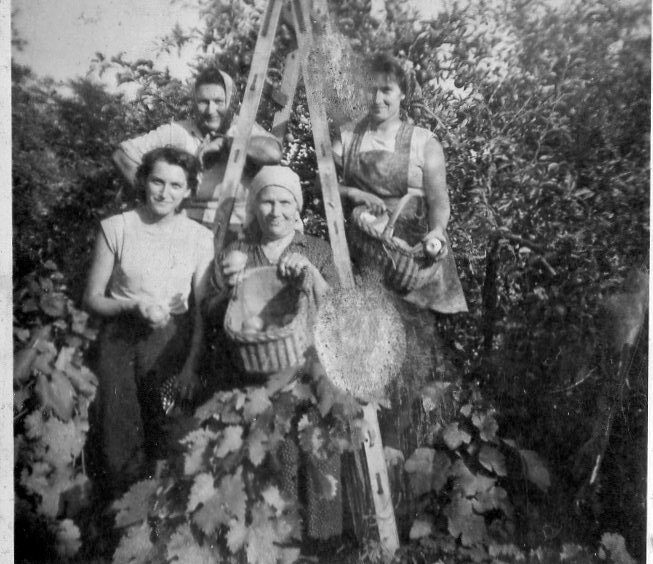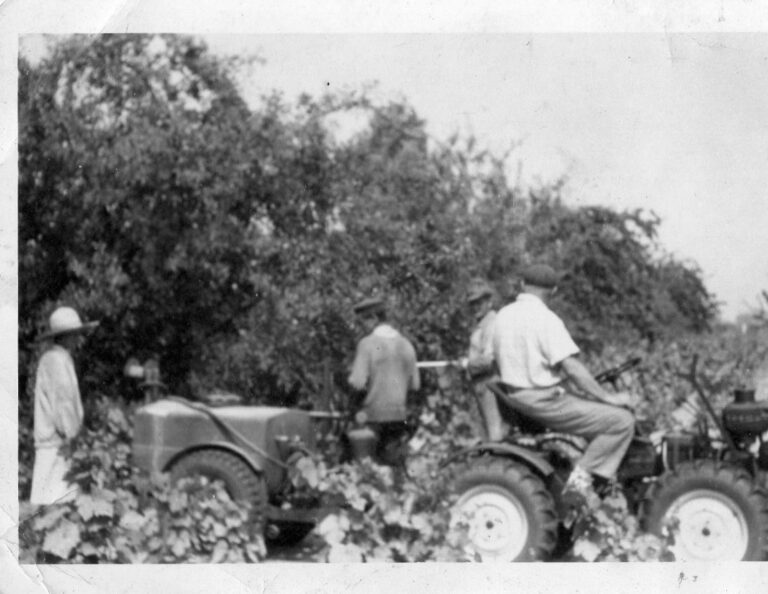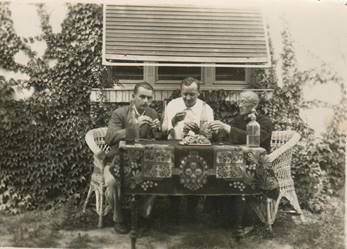History of the estate
The local area
Before the arrival of the Hungarians (Magyars) the Sarmatians, Huns and Pannonian Avars had already made their home in the local area.
The village Csengőd allegedly is named after one of the elite soldiers of the tribal leader Solt, after whom the nearby town Solt is named.
This solider, Csenged, and his men settled down in the area. The name Csengőd is first mentioned in a royal deed of 1408 .
The area was devastated and depopulated in 1526 during the Ottoman invasion and conquest.
After the reconquest of Hungary, the Habsburg Emperor Leopold I granted the lands to Wattay family,
who brought in settlers from the Slovakian highlands.
The area experienced rapid economic development and expansion of the animal husbandry
with the arrival of the Budapest-Szabadka-Belgrade railway line in 1882. The Csengőd parish initially
belonged to the neighboring village, Páhi that was granted village rights in 1853.
The Csengőd primary school was founded in 1893 and the Catholic parish of Our Lady was consecrated in 1901.
Csengőd became a standalone village in 1912.
Csengőd is located on the western edge of Kiskunság dry sandy plain.
The vegetation of the village mainly consists of acacia trees, black pines, and poplars. Today about 2,100
people live in Csengőd today down from the 3,200 in the 1960s.
About 25% of the population lives on farms. The main crops are asparagus,
grapes and fruit trees. The limited animal husbandry is mainly sheep,
poultry and pigs.
-
The beginning of the Molnár estate
József Molnár (1880-1971) purchased the estate in Csengőd in 1926. He was the manager of the 2000-acre vineyard and winery of the Bishop of Kalocsa in Imrehegy for over 20 years. His intention was to retire to the estate. During his active years he dedicated already all his free time and money to improve the vineyards’ and orchard’s agricultural techniques, hereby continuously improving the estate.


The roughly 30 acres of land, purchased from an impoverished peasant, was re-planted with various types of grapes (Kadarka, Ezerjó, Sárfehér, Piros-szlanka, Chasla, Csabagyöngye, Bakator, Mézes) and fruit trees (apple, apricot, cherry, sour cherry, walnut). In 1930, the 130-square-meter holiday home was completed (the current building of the country house), as well as the agricultural buildings for the vineyard and orchard (the current building of the function room). The property also included four servant cottages (one of which is the current guest house), where the labourers’ families working the estate lived.
According to the practice at that time, the estate also included approximately four acres of arable land to make the estate self-sufficient (grain for bread, corn, beets, oats, etc.). The house was surrounded by a ring of acacia, black pine, and spruce trees. In its courtyard, a decorative garden was carefully and meticulously designed, featuring roses, ornamental shrubs, and purple locust trees,
along with wild and horse chestnut, maple, and linden).
In spring, along the road leading to the main entrance of the house, 100 cherry trees blossomed. Water for the house and the farm were supplied from a Norton (drilled) well and eight open wells.
The country house had running water fed by a 2 m3 storage tank in the attic. The tank was filled up by a pump installed in the service corridor of the country house.
The house was built by masons and craftsmen from the nearby town Kecel. The walls are made of loam stone locally produced from nearby clay by the local Roma craftsmen. The roof frame was made from larch trees from Transcarpathia. All the other houses on the estate or also built from mud bricks.
One of the main specialities of the Molnár family was the cultivation of apples. This inspired our apple logo as a sign of respect to the family and their rich tradition.
An apple harvest on the estate is shown in the picture.

The people who lived at the estate
József Molnár and his wife, Katalin Schaffer, moved into the house on a part-time basis after four years of building works and estate development.
After József Molnár became a widower in 1936, he was less at the estate. His son, László, increasingly took over the management. At the end of World Ware II in September 1944, four Russian fugitive soldiers moved into the abandoned house. They were captured by the Russian military police at the end of the summer of 1945.
Until they were captured, they survived by robbing. Their main targets were the trains running between Csengőd and Budapest. They treated the workers who lived in the servants' quarters well gifting them many stolen things of their loot.
László Molnár, who returned with his wife and four-month-old daughter in June 1945, was greeted by a big surprise. Some of the labourers, who had been working here for many years told them that times had changed and that the land was their property, since they were cultivating it.
Fortunately, László Molnár managed to come to an understanding with the labourers, thus regaining the property. From 1945 to 2005, the Molnár family lived on the estate, prospering from the cultivation of grapes and fruit.
In 1966 they bought a small TZ4K tractor.
It was an important tool for making the estate more efficient. The little tractor can still be seen working on the estate.
.
.


Afternoon picnic on a Sunday with friends
After a long year of hard work, a so-called "ending" was held at the end of each harvest for everyone who worked on the estate during the year. The food and dancing lasted until dawn. The music was played by a local gypsy band with the food out on long tables in the building were the wine press stood.
The current owners acquired the estate in 2011. Since then, we have been continuously committed to the careful renovation of the buildings, considering the needs of our guests and the original character of the location. Thanks to this effort, does the country house and its surroundings provide an unforgettable experience. The buildings have been renovated to retain a traditional feeling, while providing modern comfort and services. Discover this magical place where history and comfort meet and enjoy the tranquility of country life, while the unpaved road leading here lends a unique adventure to our estate.
Recommended activities:
- Birthplace of the Hungarian poet Petőfihttps://petofimuzeum.hu/
- Museum of the history of public roads https://muzeum.kozut.hu/
- Old timer museumhttps://www.old-car.hu/
- Thermal bath of Kiskőröshttps://koroskom.hu/korosszolg/kiskoros-gyogy-es-strandfurdo
- Bird spotting and a nice walk around Kolon-tó and the National park of the Kiskunság https://www.knp.hu/hu/kolon-to
- Csonkatorony https://hu.wikipedia.org/wiki/Csonka-torony_(Soltszentimre)
- Bicycle trip Csengőd - Szentimre - Izsák
- Trips around Bugac by bike or car https://www.bugacpuszta.hu/
- Bicycle trip Csengőd - Páhi - Bugac ( mainly on dirt roads)
- Ópusztaszer ( trip by car )https://opusztaszer.hu/
- Soltvadkert https://www.vadkerti-to.hu/
- Vineyard and wine cellar visits
Sources:
- In 2001 a 120 page book was published which provides all the information
Pivarcsi János: „Csengőd község településtörténete”
Published by: Mayors office of Csengőd
